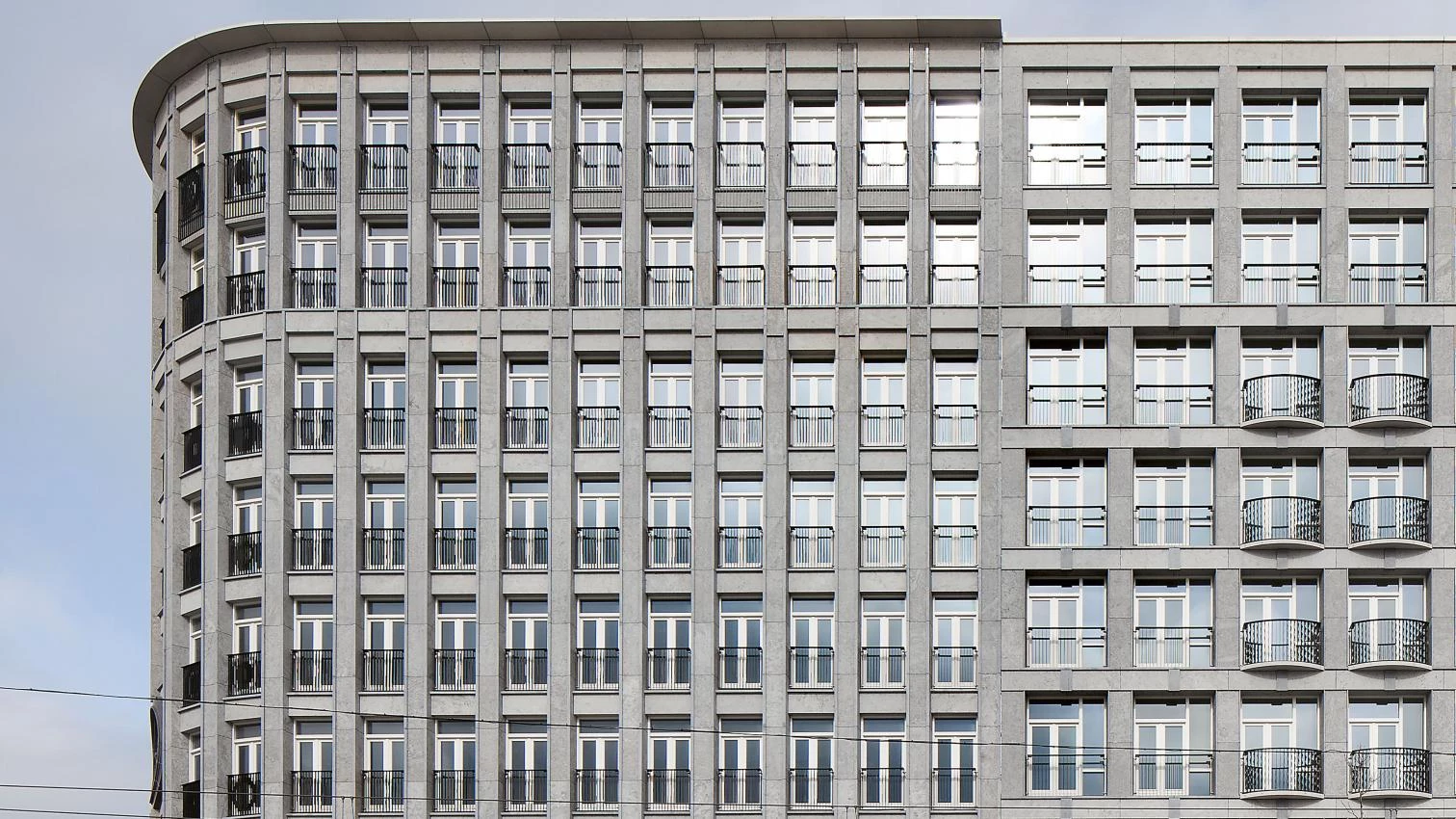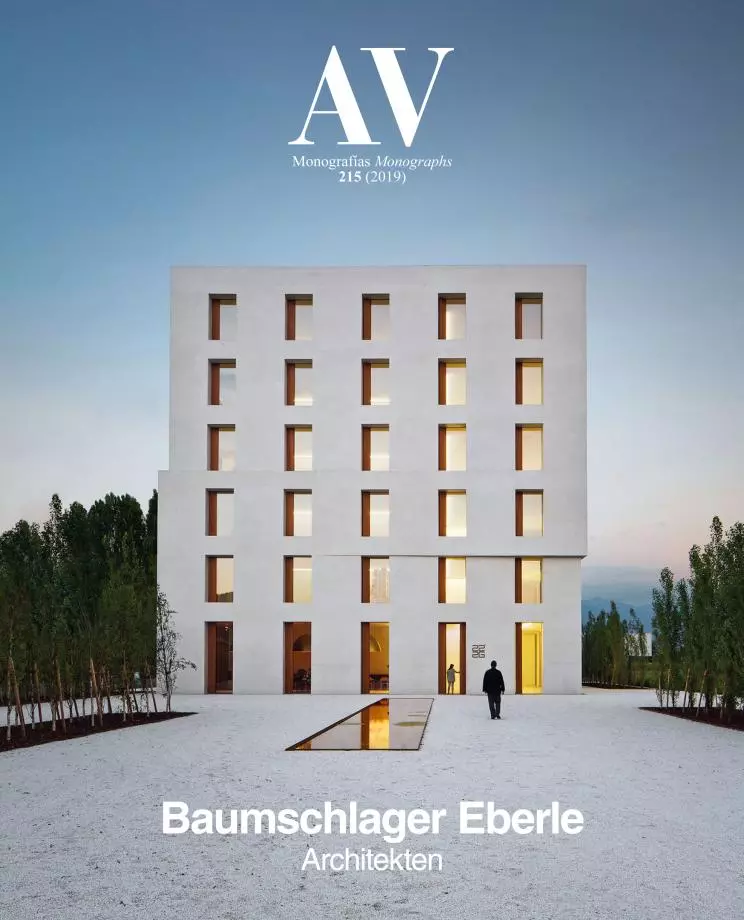Density and Atmosphere

In his essay Ex Nihilo, on the creation of the two newly planned and constructed cities of Chandigarh in India and Brasília in Brazil, Dutch author Cees Nooteboom employs the word ‘mood’ in its most literal sense. Both cities were created on the drawing board of famous architects and urban planners in an era when there was belief in a new world that would be ‘healed’ by a completely new approach to urban planning and architecture. Chandigarh was founded in 1952 as the new capital city of the Indian state of Punjab on an open plain near the eponymous village. The architect Le Corbusier developed the plan for the urban structure and most of the public buildings. Brasília evolved from the idealized plan of Brazilian urban planner Lúcio Costa, who designed the Plano Piloto with two intersecting main axes in 1956 to be constructed in the then-virgin red soil of the high plain in central Brazil. Today the city is especially famous for the striking buildings by Oscar Niemeyer, who was then the director of the State Building Authority for Architecture.
The aim was that the two cities would serve a forward-looking free society and organize people’s lives in this sense, implementing lasting improvements. However, anyone walking through the two heroic planned cities today is struck by two factors. First, the avant-garde spirit of the architects still permeates the broad street axes and the daring building forms; it seems like a promise that – long since grown tired – still awaits its fulfillment. Second, humans and nature have settled into this artificial abstract structure, adapted to it, and re-shaped it. Nature has found its way into the city, and the mass of incoming people has surrounded it with a vast belt of pragmatic, humdrum, satellite cities and slums. The residents have raised their voices and tried to harmonize the city with their own needs and desires, at times helplessly, at times forcefully against the original intentions of the planners...[+]





